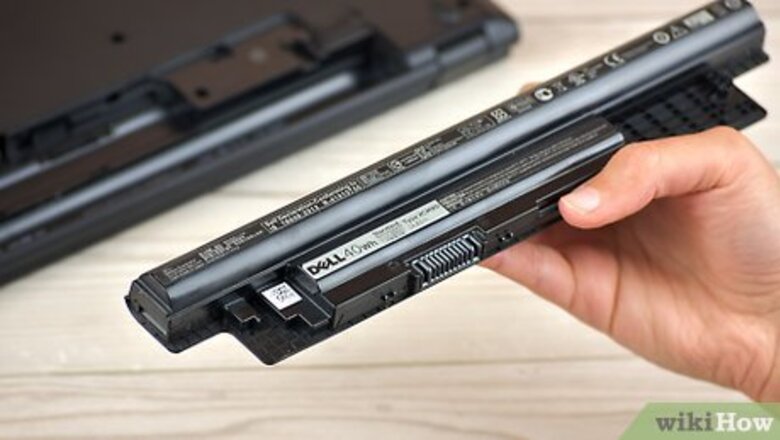
views
Reviving a NiMH or NiCD Battery in the Freezer
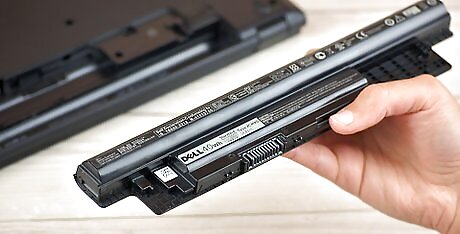
Make sure you don't have a lithium-ion battery. Your battery has to be either Nickel-Metal Hydride (NiMH) or Nickel-Cadmium (NiCD) in order for this method to work. If you do this method with the wrong battery, the battery will likely be destroyed. All Macs have lithium batteries, and many modern Windows computers also use lithium batteries. You shouldn't perform this process on a computer with a non-removable battery pack, as doing so will either require you to remove the battery (which can void your computer's warranty) or freeze the whole computer (which will ruin your computer).
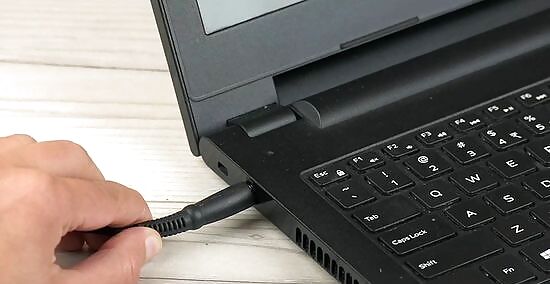
Turn off and unplug your laptop. Your laptop must be completely turned off and unplugged before you attempt to remove the battery, as failing to do so may result in an electric shock.
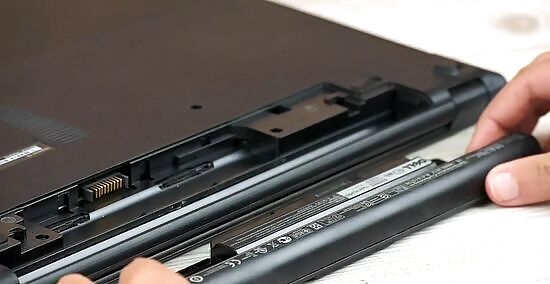
Remove the battery. In most cases, you'll remove the bottom of the laptop and unclip the battery from there, though your laptop may have a battery release button on the bottom instead.
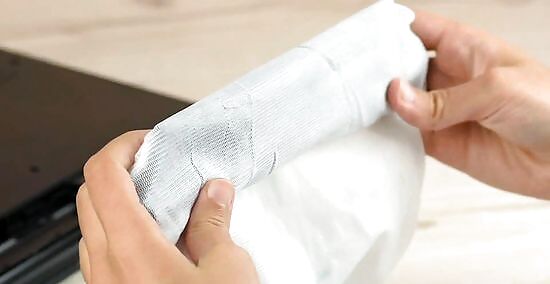
Place the battery in a soft cloth bag. You'll want to do this to add a buffer between your battery and the second bag you'll use.

Place the bagged battery in a Ziploc bag. This will ensure that the battery doesn't get damp while freezing. Avoid using a regular plastic bag for this, as the battery may accumulate moisture in such a bag.
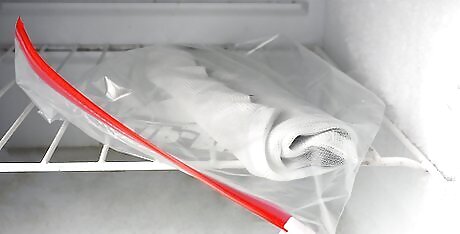
Leave the battery in the freezer for 10 hours. Doing so will give the battery enough time to restore at least part of its lifespan. You can leave the battery in for as long as 12 hours, but leaving it in any longer than that may cause the battery to leak.
Recharge the battery. Once your battery has spent enough time in the freezer, you can remove it, dry it off if needed, allow it to come back to room temperature, and then plug it back into your laptop. You should be able to charge the battery from there. EXPERT TIP Spike Baron Spike Baron Network Engineer & Desktop Support Spike Baron is the Owner of Spike's Computer Repair based in Los Angeles, California. With over 25 years of working experience in the tech industry, Spike specializes in PC and Mac computer repair, used computer sales, virus removal, data recovery, and hardware and software upgrades. He has his CompTIA A+ certification for computer service technicians and is a Microsoft Certified Solutions Expert. Spike Baron Spike Baron Network Engineer & Desktop Support You can easily replace a dead laptop battery. If you can't revive your battery, you can purchase a new one for as cheap as $15.
Recalibrating a Battery

Know when to use this method. You'll want to recalibrate your laptop's battery if your computer's battery indicator is no longer displaying the correct amount of charge. For example, if your battery indicator says you have 50% charge but your computer shuts down shortly after, you should recalibrate your battery.
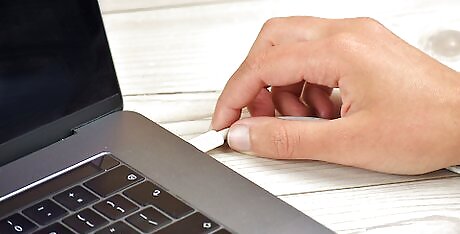
Charge the battery to 100%. Keep your computer's charger plugged in until your battery reaches the "Fully Charged" point.
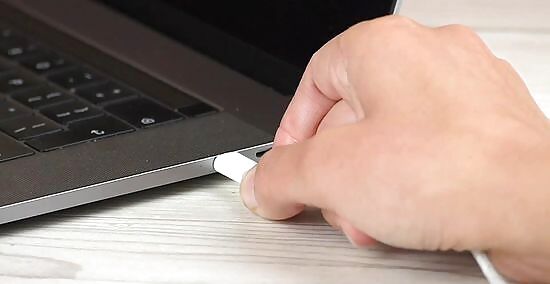
Unplug your laptop. Remove the charger side of the charger cable from your computer to do so. Never disconnect the wall socket side of the charger first, as plugging it back in while the charger is connected to the laptop could damage your computer.
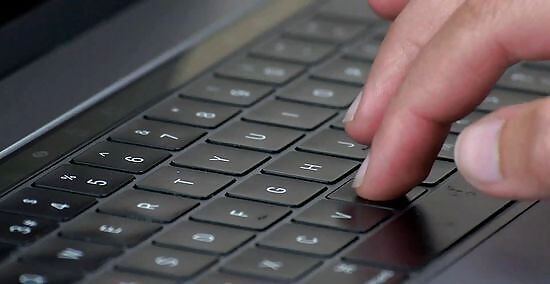
Run your laptop until the battery has been completely drained. You can simply keep your computer turned on until the battery life runs out, but streaming video or running another battery-consuming process will speed up the battery draining.

Leave your laptop unplugged for another 3 to 5 hours. This will ensure that the battery's phantom charge is completely gone before proceeding. Skip this step for a lithium battery.

Begin charging the battery. Plug the computer's charger back in to do so. Once the battery reaches 100% again, it should be calibrated.
Performing a Full Recharge
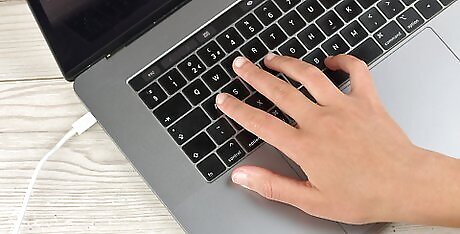
Perform this method if your battery is draining too quickly. If your laptop's battery is suddenly draining faster than it used to, performing this method once may fix the problem. You don't want to perform this method too often; completely draining and then recharging most laptop batteries repeatedly can reduce the overall lifespan of the battery by 30%.
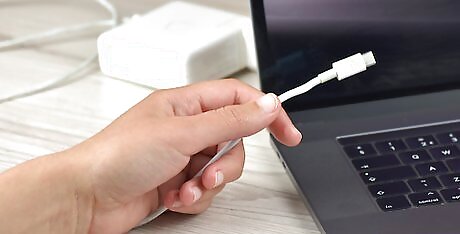
Unplug your laptop. Remove your charger from the laptop's charging port to do so. Never disconnect the wall socket side of the charger first, as plugging it back in while the charger is connected to the laptop could damage your computer.

Run your laptop until the battery has been completely drained. You can simply keep your computer turned on until the battery life runs out, but streaming video or running another battery-consuming process will speed up the battery draining.

Leave your laptop alone for around 3 hours. This will ensure that the battery is completely dead before you proceed. Skip this step if you have a lithium battery.
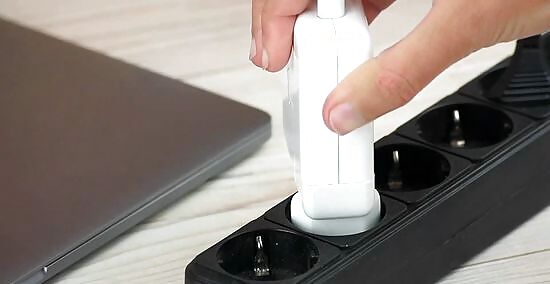
Begin charging the battery. Plug the computer's charger back in to do so. This process will be more effective if you leave your laptop off for as long as possible.
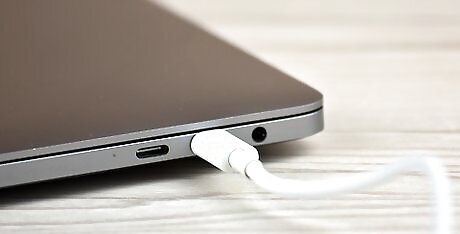
Allow the battery to charge for 48 hours. You can use your computer during this time, but make sure that it is plugged in for at least 2 days without a break. Doing so will ensure that your battery is fully recharged, which may lead to an increase in overall battery life.
Caring for Used Batteries
Avoid discharging your battery lower than 20%. Discharging your laptop's battery all the way can cause the battery's life to drop by 30% after between 300 and 500 discharges, while discharging to 50% requires well over 1000 discharges before the battery will lose a comparable amount of its lifespan. Ideally, you'll only ever discharge your laptop's battery to around 20%. This will allow for over 2000 discharges before you hit the 70% battery life mark. To keep your battery in good working order, let it discharge down to about 20% battery once a month or so. That allows the chemicals inside the battery to get mixed up, so it will actually last longer than if you leave your laptop plugged in all the time.
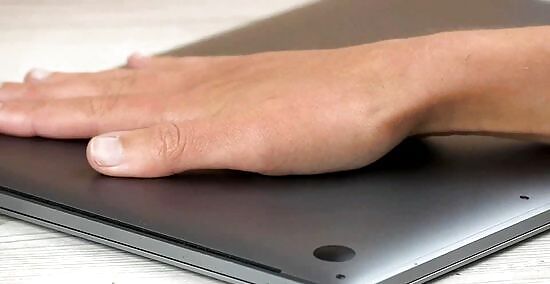
Make sure your computer doesn't get too hot. Heat can both prevent your battery from operating efficiently and cause damage to the battery itself. If you're running your laptop in warm environments, make sure that the laptop's vents are unobstructed. You may also want to place the laptop on a flat, cool surface such as a desk; counterintuitively, using your laptop in your lap may prevent proper circulation, and your body temperature may also bring up the laptop's overall temperature.
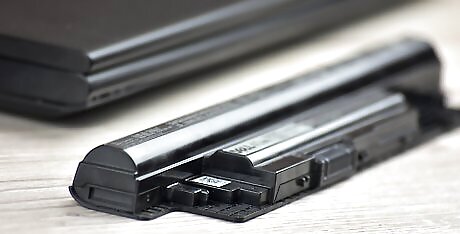
Store batteries in proper conditions. If you're going to be placing a laptop in storage, you can ensure that your battery retains most of its lifespan by storing it at full charge in a location that's between 68°F and 77°F (or 20°C to 25°C). Batteries can be stored in this condition for several months before needing a charge. Never store lithium batteries at anything other than 100% charge.

Consider removing the battery when gaming or editing. If your laptop has a removable battery, disconnecting it and keeping the computer plugged into its charger while performing system-intensive actions such as gaming or video editing can help prevent heat damage to the battery. Heat can shorten the battery's lifespan, so this is an optimal step if you often use your laptop for high-power activities.


















Comments
0 comment